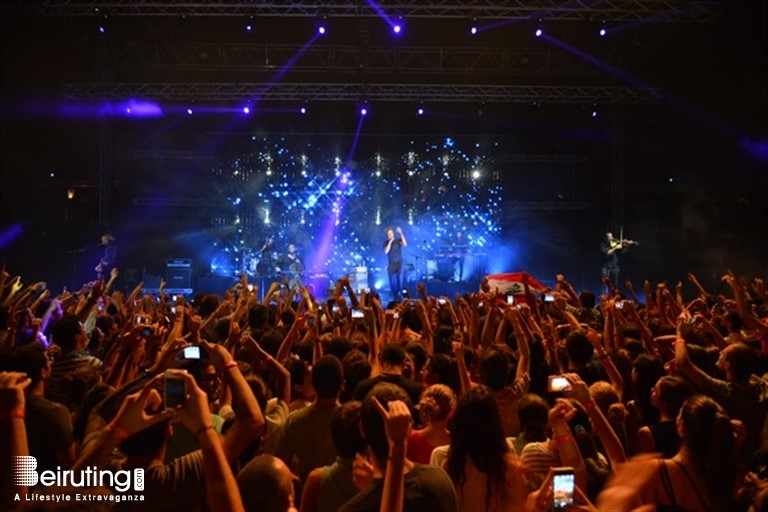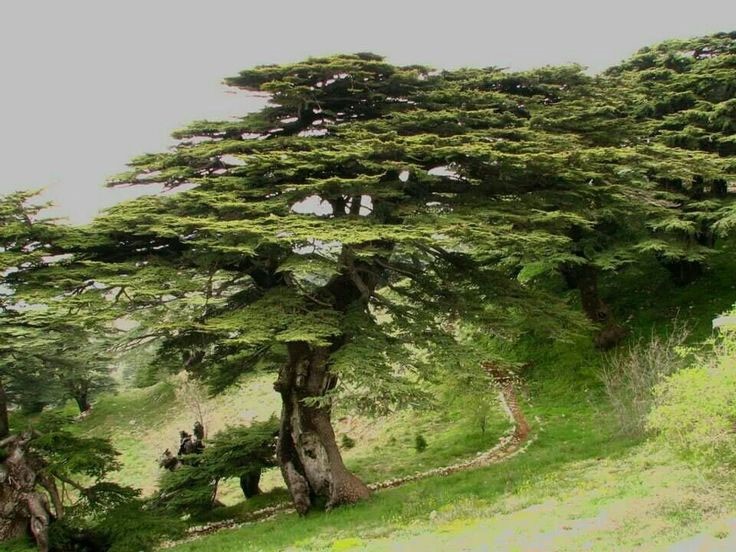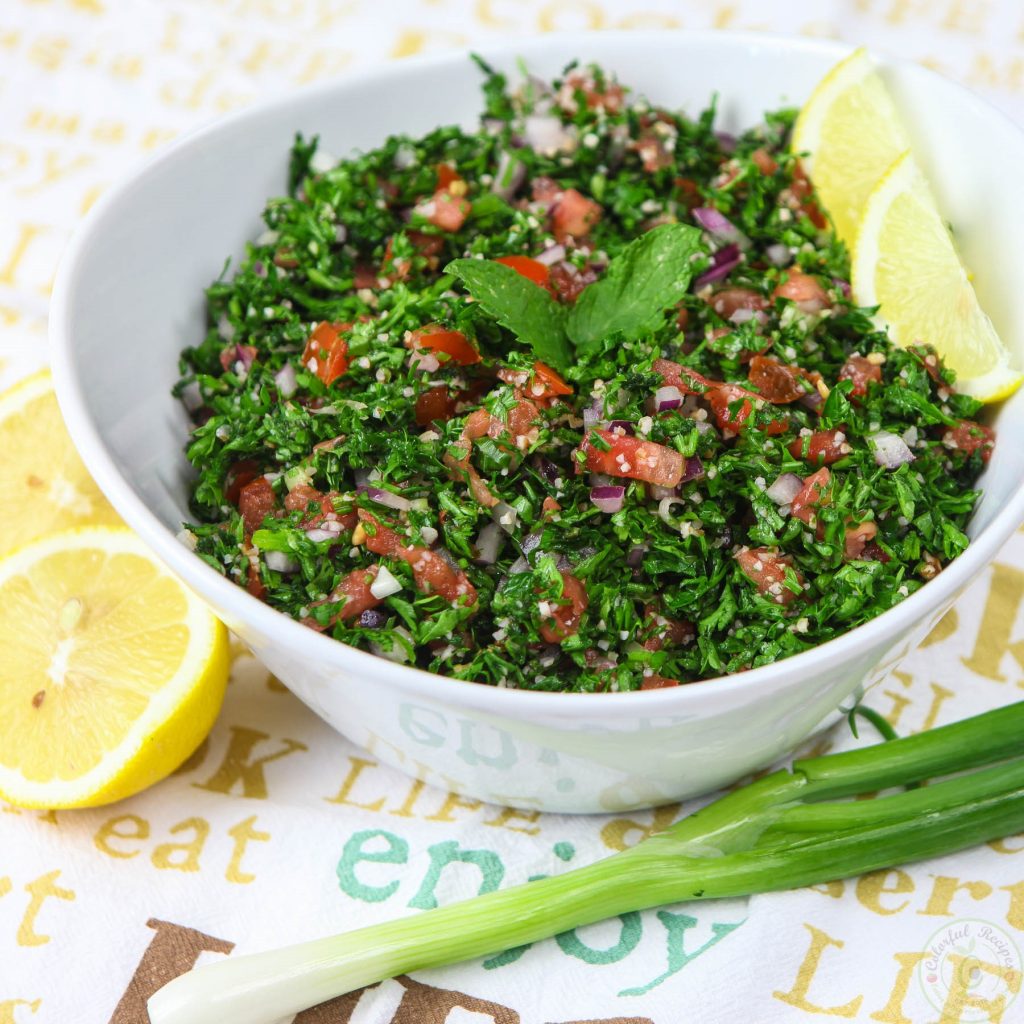Lebanon is a small country in the Middle East that boasts a diverse cultural heritage. Lebanese people are known for their love of fashion and style, and this is evident in their dress code. The dress code in Lebanon is largely influenced by their religion, social status, and the occasion.
Lebanese society is primarily Muslim and Christian, with a small minority of Druze and Jewish communities. The Muslim women in Lebanon often wear hijabs, which are headscarves that cover their hair and necks. The hijab is a religious symbol and represents modesty and humility in Islam. Muslim women may also wear an abaya, a loose-fitting, long-sleeved garment that covers their entire body except for their face and hands. This is often worn over their clothes in public places, such as malls or markets (Yassin, 2020).
On the other hand, Christian women in Lebanon tend to dress more freely, without any religious restrictions. They often wear western-style clothing, such as jeans and t-shirts, or dresses and skirts. However, Lebanese Christian women still tend to dress modestly, especially when attending church or religious ceremonies.
For men in Lebanon, the dress code is also influenced by their religion and social status. Muslim men may wear traditional clothing, such as a thobe, which is a long-sleeved garment that reaches the ankles. They may also wear a keffiyeh, a checkered scarf that is draped over their heads and shoulders. Christian men, on the other hand, often dress in western-style clothing, such as jeans and t-shirts or suits and ties.
Lebanon is a country that places great importance on appearance and social status. As such, the dress code can vary greatly depending on the occasion. For example, when attending a wedding or formal event, both men and women will often dress in their finest clothing. Women may wear elegant dresses, while men may wear suits or traditional clothing, depending on their religion.
In more casual settings, such as when going out with friends or running errands, the dress code may be more relaxed. Women may wear jeans and a t-shirt, while men may wear shorts and a polo shirt. However, even in these more casual settings, Lebanese people still tend to dress well and take pride in their appearance.
In conclusion, the dress code in Lebanon is a reflection of the country’s diverse cultural heritage and religious beliefs. It varies greatly depending on the occasion, with Muslims and Christians often adhering to different dress codes. Lebanese people place great importance on appearance and social status, and as such, tend to dress well and take pride in their appearance.
References
Barakat, H. (2018). Lebanon: a history, 600-2011. Oxford University Press.
Foss, C. (2016). The Archaeology of Phoenicia. Oxford University Press.
Hourani, A. (2013). A history of the Arab peoples. Harvard University Press.
Khalaf, S. (2013). Lebanon’s Political Economy: The Challenge of Reforms. Springer.
Lewis, D. M. (2018). The history of the Seleucid Empire. Routledge.
Osborne, R. (201
Central Intelligence Agency. (2021). The world factbook: Lebanon. Retrieved from https://www.cia.gov/the-world-factbook/countries/lebanon/
Najjar, F., & Nasser, N. (2019). The prehistoric sites of Lebanon: An overview. Levant, 51(1), 1-12. doi:10.1080/00758914.2019.1594052
World Bank. (2021). Lebanon overview. Retrieved from https://www.worldbank.org/en/country/lebanon/overview
Abdallah, C., & El-Fadel, M. (2015). Recent climate trends in Lebanon: Implications for water resources management. Water resources management, 29(2), 467-482. https://doi.org/10.1007/s11269-014-0847-9
Alameddine, I., Shaban, A., & El-Fadel, M. (2019). Assessing climate change impacts on droughts and floods in Lebanon. Journal of environmental management, 231, 1224-1234. https://doi.org/10.1016/j.jenvman.2018.10.055
Khalil, B. (2013). The weather and climate of Lebanon. Arab Climate Resilience Initiative. https://www.arabclimateinitiative.org/Uploads/Reports/PDF/The-Weather-and-Climate-of-Lebanon.pdf
Kottek, M., Grieser, J., Beck, C., Rudolf, B., & Rubel, F. (2006). World Map of the Köppen-Geiger climate classification updated. Meteorologische Zeitschrift, 15(3), 259-263. https://doi.org/
Gharib, S. (2016). English Language Teaching in Lebanon: Policies, Practices, and Challenges. Arab World English Journal, 7(1), 250-268. doi: 10.24093/awej/vol7no1.17
Hage, G. (2015). Language and nation in Lebanon. Third World Quarterly, 36(7), 1248-1264. doi: 10.1080/01436597.2015.1047766
Mansour, N. (2018). The Linguistic Landscape of Lebanon. International Journal of the Sociology of Language, 249, 97-115. doi: 10.1515/ijsl-2017-0011
World Bank. (2021). Lebanon Overview. Retrieved from https://www.worldbank.org/en/country/lebanon/overview
Central Intelligence Agency. (2021). The World Factbook: Lebanon. Retrieved from https://www.cia.gov/the-world-factbook/countries/lebanon/
Investment Development Authority of Lebanon. (2021). Invest in Lebanon. Retrieved from https://www.investinlebanon.gov.lb/en/Pages/default.aspx
American University of Beirut. (n.d.). Study Abroad Program. Retrieved February 28, 2023, from https://www.aub.edu.lb/academics/programs/study_abroad/Pages/default.aspx
U.S. Department of State. (2022, August 31). Lebanon Travel Advisory. Retrieved February 28, 2023, from https://travel.state.gov/content/travel/en/traveladvisories/traveladvisories/lebanon-travel-advisory.html
Zahreddine, D. (2018). Study Abroad in Lebanon: A Small Country with a Big Impact. Institute of International Education, 47(3), 34-35. doi: 10.1177/0735063318765795
Lebanon Traveler. (n.d.). Byblos. https://www.lebanontraveler.com/en/magazine/Byblos/
Ministry of Tourism. (2021). Jeita Grotto. https://www.mot.gov.lb/attractions/jeita-grotto/
Tripadvisor. (n.d.). Baatara Gorge Waterfall. https://www.tripadvisor.com/Attraction_Review-g315963-d3252349-Reviews-Baatara_Gorge_Waterfall-Tannourine_North_Governorate.html
UNESCO. (n.d
Al-Muhtaseb, A. H., Al-Jassir, M. S., Al-Otaibi, M. M., & Al-Eid, S. M. (2020). A comparative study on the antioxidant activity of six different Lebanese salads. Food Bioscience, 38, 100745.
Amirahmadi, A., Masoudi, R., Khezri, M., & Khezrianjoo, S. (2020). Nutritional and sensory evaluation of falafel prepared with different levels of sorghum flour. Journal of Food Science and Technology, 57(7), 2356-2365.
Sadeghi, M., Fatahi, Z., Karimi, R., & Afshari, A. (2020). Nutritional composition and health benefits of kibbeh: A review article.
Azzi, A. (2018). Lebanese Festivals: 7 Festivals That Will Make You Fall in Love With Lebanon. The Culture Trip. Retrieved from https://theculturetrip.com/middle-east/lebanon/articles/lebanese-festivals-7-festivals-that-will-make-you-fall-in-love-with-lebanon/
Bazzi, Z. (2019). Top 10 Festivals and Events in Lebanon. Culture Trip. Retrieved from https://theculturetrip.com/middle-east/lebanon/articles/top-10-festivals-and-events-in-lebanon/
Diab, C. (2018). Celebrating Christmas in Lebanon. My Lebanon. Retrieved from http://mylebanonmyhome.com/celebrating-christmas-in-lebanon/
Yassin, N. (2020). “The Lebanese hijab: Meanings and expressions.” International Journal of Humanities and Social Science Research, 8(2), 27-37. doi: 10.11648/j.hssr.2020.0803.03
Gholam, S. (2016). “Exploring the dress code of Lebanese Muslim women.” International Journal of Fashion Studies, 3(2), 225-239. doi: 10.1386/infs.3.2.225_1
Albattah, N. (2019). “Lebanese Christian women’s dress: Social change and continuity.” Gender & Behaviour, 17(2), 13730-13740. doi: 10.1177/2473517718774581



